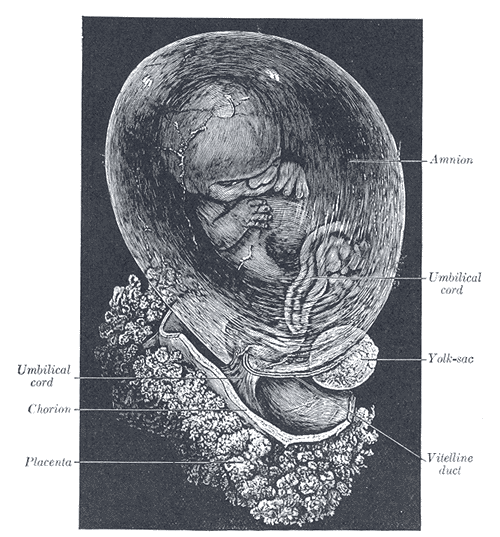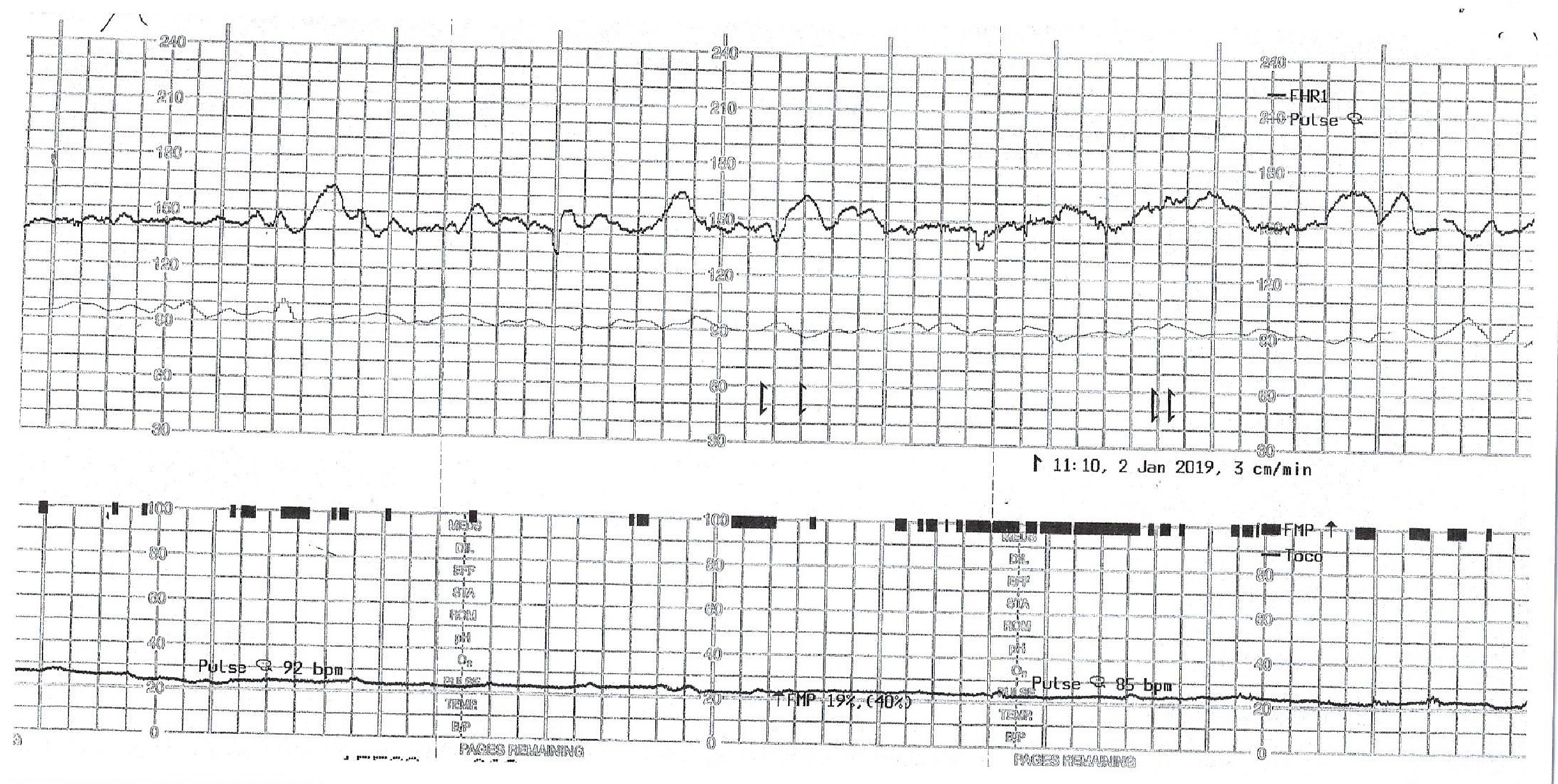[1]
Das R,Jana N,Arora N,Sengupta S, Ultrasound assessment of fetal hearing response to vibroacoustic stimulation. The journal of maternal-fetal
[PubMed PMID: 30618302]
[2]
Kapaya H,Almeida J,Karouni F,Anumba D, Management of reduced fetal movement: A comparative analysis of two audits at a tertiary care clinical service. European journal of obstetrics, gynecology, and reproductive biology. 2020 May;
[PubMed PMID: 32203823]
Level 2 (mid-level) evidence
[3]
Flenady V,Ellwood D,Bradford B,Coory M,Middleton P,Gardener G,Radestad I,Homer C,Davies-Tuck M,Forster D,Gordon A,Groom K,Crowther C,Walker S,Foord C,Warland J,Murphy M,Said J,Boyle F,O'Donoghue K,Cronin R,Sexton J,Weller M,McCowan L, Beyond the headlines: Fetal movement awareness is an important stillbirth prevention strategy. Women and birth : journal of the Australian College of Midwives. 2019 Feb;
[PubMed PMID: 30563769]
[4]
Sterpu I,Pilo C,Koistinen IS,Lindqvist PG,Gemzell-Danielsson K,Itzel EW, Risk factors for poor neonatal outcome in pregnancies with decreased fetal movements. Acta obstetricia et gynecologica Scandinavica. 2020 Feb 18;
[PubMed PMID: 32072616]
[5]
Daly LM,Boyle FM,Gibbons K,Le H,Roberts J,Flenady V, Mobile applications providing guidance about decreased fetal movement: Review and content analysis. Women and birth : journal of the Australian College of Midwives. 2018 Aug 20;
[PubMed PMID: 30139669]
[6]
Bradford B,Cronin R,McKinlay C,Thompson J,McCowan L, Maternally perceived fetal movement patterns: The influence of body mass index. Early human development. 2019 Nov 15;
[PubMed PMID: 31739267]
[7]
Heazell AEP,Budd J,Li M,Cronin R,Bradford B,McCowan LME,Mitchell EA,Stacey T,Martin B,Roberts D,Thompson JMD, Alterations in maternally perceived fetal movement and their association with late stillbirth: findings from the Midland and North of England stillbirth case-control study. BMJ open. 2018 Jul 6;
[PubMed PMID: 29982198]
Level 2 (mid-level) evidence
[8]
Huang C,Han W,Fan Y, Correlation study between increased fetal movement during the third trimester and neonatal outcome. BMC pregnancy and childbirth. 2019 Dec 4;
[PubMed PMID: 31801506]
[9]
Bellussi F,Poʼ G,Livi A,Saccone G,De Vivo V,Oliver EA,Berghella V, Fetal Movement Counting and Perinatal Mortality: A Systematic Review and Meta-analysis. Obstetrics and gynecology. 2020 Feb;
[PubMed PMID: 31923063]
Level 1 (high-level) evidence
[10]
Haws RA,Yakoob MY,Soomro T,Menezes EV,Darmstadt GL,Bhutta ZA, Reducing stillbirths: screening and monitoring during pregnancy and labour. BMC pregnancy and childbirth. 2009 May 7;
[PubMed PMID: 19426468]


